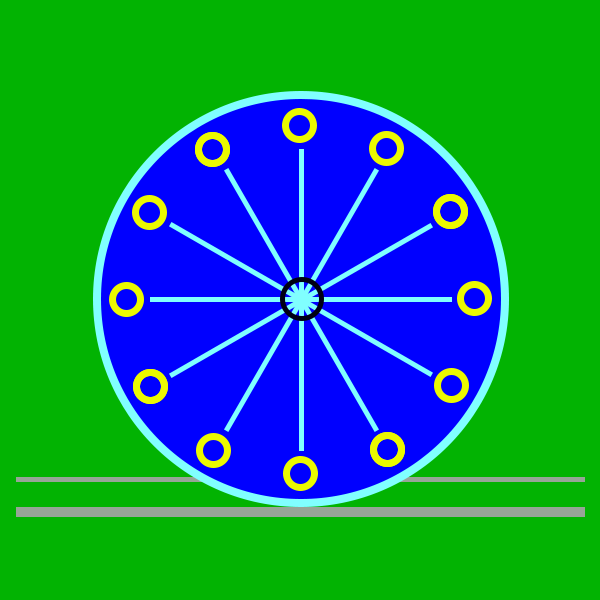Remarks of the route
This road has been the subject of much debate among historical researchers.
With few historical sources (see Tito Livio book XXXIX of the “Storia di Roma”) and few traces on the ground, the Via Flaminia “militare” was rediscovered thanks to the tenacity of two friends – Cesare Agostini and Franco Santi – expert hikers in the Tuscan-Bolognese Apennines.
In search of a route that would quickly connect Arezzo with Bologna in the Republican era, they began excavations in the remote Apennine forest.
This was followed by local ‘rumours’ (Pian del Voglio, Castel d’Alpi, Bruscoli,..) about the existence of ancient paving stones in the middle of the forest and the discovery of a Roman coin in the crack of a stone quarry.
After the discovery of these pavements and the study of the structure and orientation of the route, a discussion arose in the institutional sphere on the possibility that this road was really the Via Flaminia ‘minor’, of which all traces had been lost.
The “minor” was thus christened by scholars as an antithesis to the well-known Via Flaminia passing through Rimini and built by Consul Caius Flaminius.
This is why the authors of the discovery have given the name “militare” to this route while waiting for confirmation from the institutions.
| segment | mp | MODERN NAME | ANCIENT NAME | COORDINATE | quota m | MUNICIPALITY | DISTRICT | REGION |
|---|---|---|---|---|---|---|---|---|
| FIESOLE | - | 43.806667, 11.295000 | 295 | FIESOLE | FIRENZE | TOSCANA (IT) | ||
| 1 - link | XIII | TREBBIO | - | 43.952841, 11.286821 | 435 | San Piero a Sieve | FIRENZE | TOSCANA (IT) |
| 2 - link | XVI | Poggio Castelluccio | - | 44.118440, 11.271880 | 1.131 | FIRENZUOLA | FIRENZE | TOSCANA (IT) |
| 3 - link | XXI | BRENTO | BRINTUM | 44.341667, 11.303333 | 351 | MONZUNO | BOLOGNA | EMILIA-ROMAGNA (IT) |
| 4 - link | XIV | BOLOGNA | BONONIA | 44.494330, 11.342854 | 62 | BOLOGNA | BOLOGNA | EMILIA-ROMAGNA (IT) |
When we mention the Via Flaminia we always mean the road built by the censor Gaio Flaminio in 220 BC between Rome and Rimini.
This road went down in history for its importance from the 2nd century BC to the 7th century and has always been known to Roman, Byzantine and medieval historians.
The Via Flaminia “minore”, which was built by the consul Caio Flaminio – nephew of the censor – in 187 BC after the final conquest of Cisalpine Gaul in 188 BC, was not so well known (see Tito Livio in ‘Storia di Roma’, book XXXIX, paragraph 2, subparagraph 2).
This road, built for military purposes, first used the Etruscan stretch from Arezzo to Florence and then crossed the Apennines to reach Bologna. But after the war, it was abandoned and forgotten.
Until the last decades of the 20th century there was no trace of it. So much so that scholars hypothesised different routes.
Against this historical backdrop, two friends – Cesare Agostini and Fanco Santi, both originally from Castel dell’Alpi – following the “stories” of the local inhabitants and stimulated by the discovery of a Roman coin in the fissure of a sandstone quarry, began an exciting search in 1977 for this 187 BC road.
And after two years of work with pickaxes and shovels, they uncovered the first buried section of the road in 1979.
